There are some things you buy that don’t really cost anything once you’ve paid for them. A sofa, for example, just keeps on being there for your use without asking for a lot of money—other than the occasional bit of change lost to its cushions—until it falls apart 20 years later.
Cars are not one of those things. Even if you pay upfront for a car, it’s going to keep putting demands on your wallet. Gas, insurance, maintenance, fees and so on.
Car prices are up. Gas is up. Interest rates on loans are up. You get the picture. The average car buyer in the U.S. is paying between $657 and $712 a month for a new vehicle, reports Car and Driver, and the average overall new car price was $46,085 in February 2022, according to Cox Automotive, making us nostalgic for the 2019 average of about $36,718.
But unlike sofas, which reach the end of their days sitting on the street with a "Free" sign, cars have some value when it’s time to get a new one. The more it's worth the better—whether you’re selling it, trading it in, or giving it to your kid.
A car’s depreciation is a big part of its cost. Kelly Blue Book’s 5-Year Cost to Own adds up the total amount of vehicle-related costs you’ll likely have to cover during the first five years of owning a car. These include:
- Fuel - the cost to fill up, based on 15,000 miles per year
- Maintenance - what it costs to keep the car running well
- Insurance - the average in your state, including collision and liability
- Repairs - based on a no-deductible extended warranty
- Financing - since most people don't have the cash on hand to buy the car outright
- State fees - items like sales tax, license and registration
- Depreciation - the difference between what you paid and what it's worth
Here are Kelley Blue Book's awards for the cars with the best value over five years; these vehicles' five-year costs are all below the average for their segment, including SUVs, cars, trucks, EVs, hybrids and minivans.
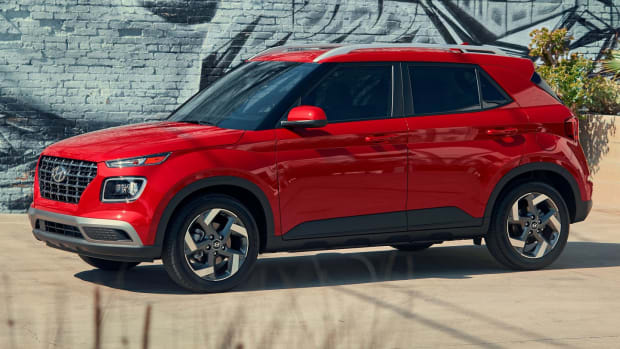
SUVs
2022 Hyundai Venue - starts at: $19,000
- Type: Subcompact SUV
- 5-Year Cost to Own: $30,555
- Compared to segment average: -$6,982
Note that the 5-Year Cost to Own doesn't include the purchase price; including that, the Hyundai Venue, purchased at its lowest price, would cost $49,555 over five years.
Hyundai
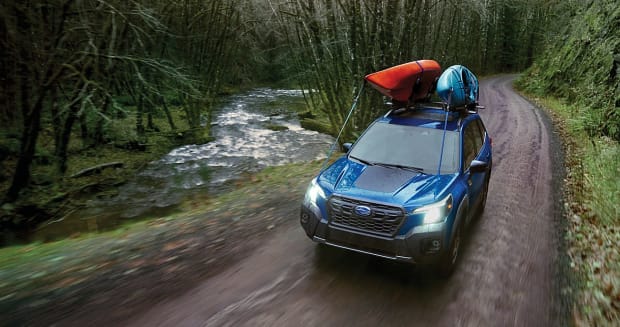
SUVs
2022 Subaru Forester- starts at: $25,895
- Type: Compact SUV
- 5-Year Cost to Own: $39,473
- Compared to segment average: -$1,957
Subaru
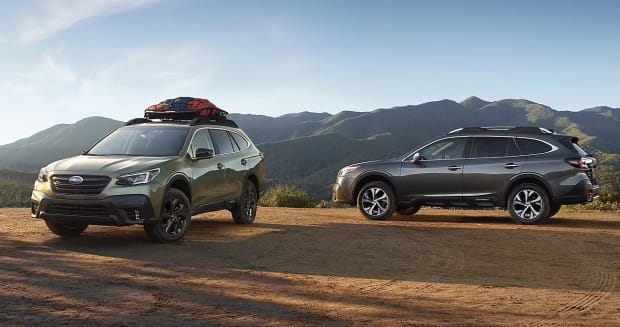
SUVs
2022 Subaru Outback - starts at: $27,645
- Type: 2-row midsize SUV
- 5-Year Cost to Own: $43,973
- Compared to segment average: -$6,730
Subaru
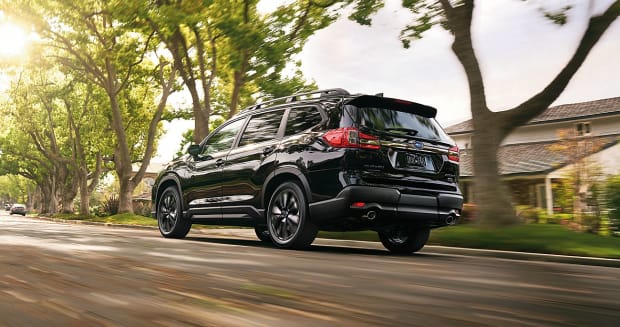
SUVs
2022 Subaru Ascent - starts at: $32,795
- Type: 3-row midsize SUV
- 5-Year Cost to Own: $48,383
- Compared to segment average: -$4,121
Subaru
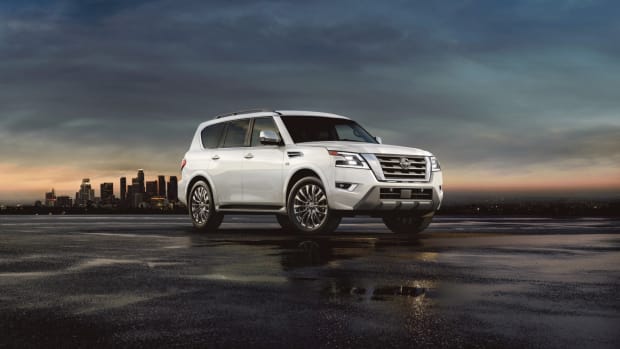
SUVs
2022 Nissan Armada - starts at: $49,500
- Type: Full-size SUV
- 5-Year Cost to Own: $69,416
- Compared to segment average: -$6,822
Nissan
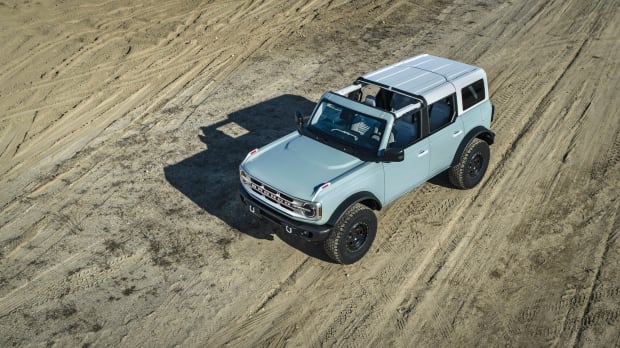
SUVs
2022 Ford Bronco - starts at: $30,800
- Type: Off-road SUV
- 5-Year Cost to Own: $47,961
- Compared to segment average: -$3,059
Ford
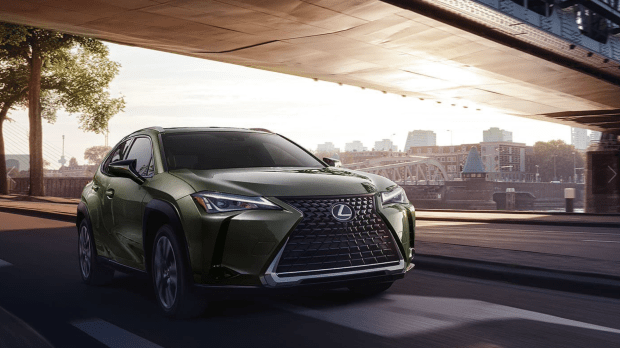
SUVs
2022 Lexus UX - starts at: $33,450
- Type: Subcompact luxury SUV
- 5-Year Cost to Own: $46,424
- Compared to segment average: -$3,224
Lexus
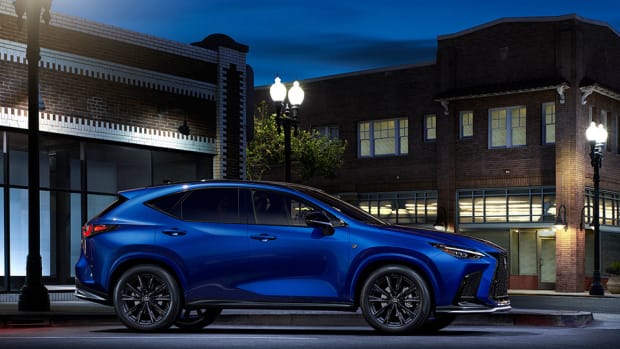
SUVs
2022 Lexus NX - starts at: $38,350
- Type: Compact luxury SUV
- 5-Year Cost to Own: $51,227
- Compared to segment average: -$6,219
Lexus
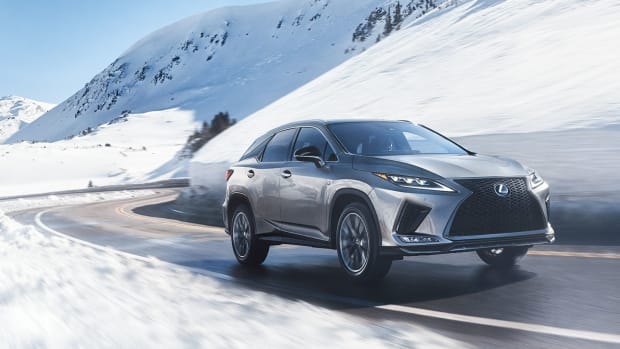
SUVs
2022 Lexus RX - starts at: $45,920
- Type: 2-row midsize luxury SUV
- 5-Year Cost to Own: $62,099
- Compared to segment average: -$12,156
Lexus
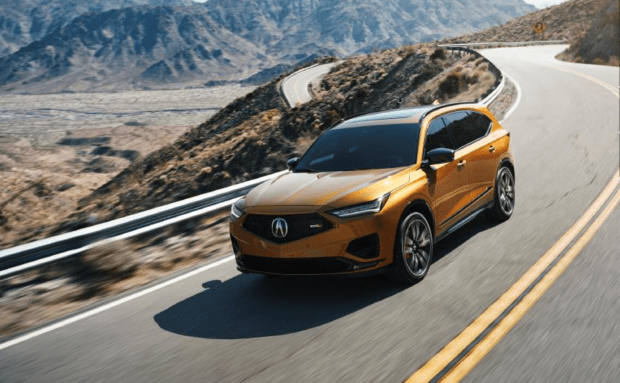
SUVs
2022 Acura MDX - starts at: $48,000
- Type: 3-row midsize luxury SUV
- 5-Year Cost to Own: $60,530
- Compared to segment average: -$7,193
Acura
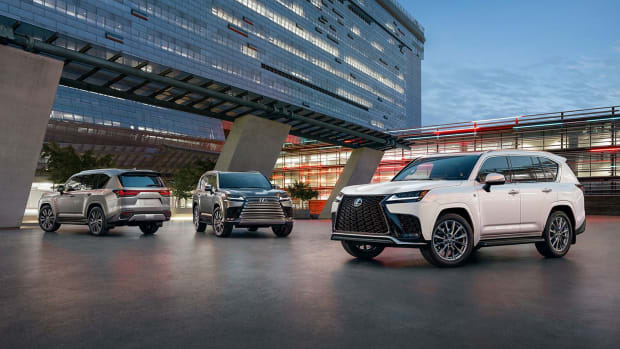
SUVs
2022 Lexus LX - starts at: $86,900
- Type: Full-size luxury SUV
- 5-Year Cost to Own: $88,956
- Compared to segment average: -$12,698
Lexus
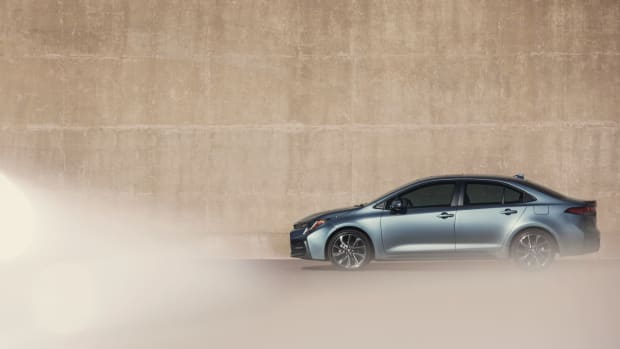
Cars
2022 Toyota Corolla - starts at: $20,425
- Type: Compact car
- 5-Year Cost to Own: $31,464
- Compared to segment average: -$2,323
Toyota
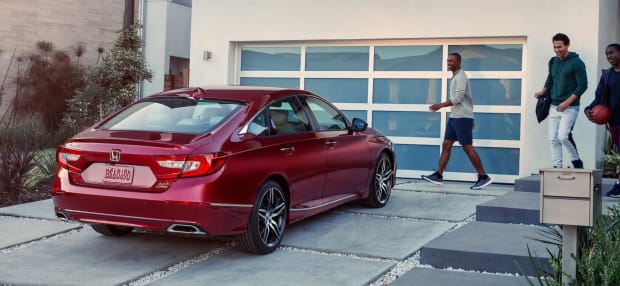
Cars
2022 Honda Accord - starts at: $26,520
- Type: Midsize car
- 5-Year Cost to Own: $38,713
- Compared to segment average: -$893
Honda
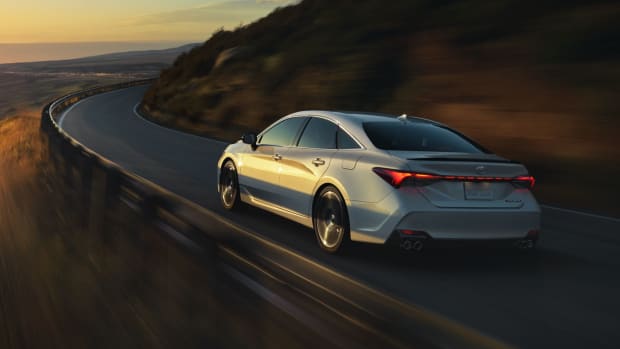
Cars
2022 Toyota Avalon - starts at: $36,825
- Type: Full-size car
- 5-Year Cost to Own: $51,123
- Compared to segment average: -$3,570
Toyota
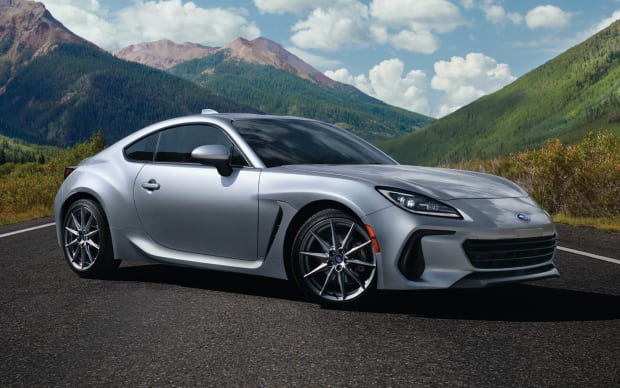
Cars
2022 Subaru BRZ - starts at: $27,995
- Type: Sports car
- 5-Year Cost to Own: $40,397
- Compared to segment average: -$21,739
Subaru
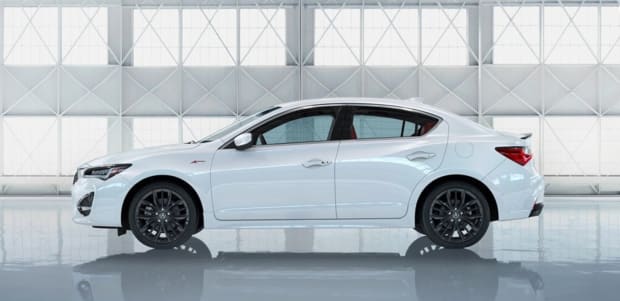
Cars
2022 Acura ILX - starts at: $27,300
- Type: Entry-level luxury car
- 5-Year Cost to Own: $41,192
- Compared to segment average: -$14,684
Acura
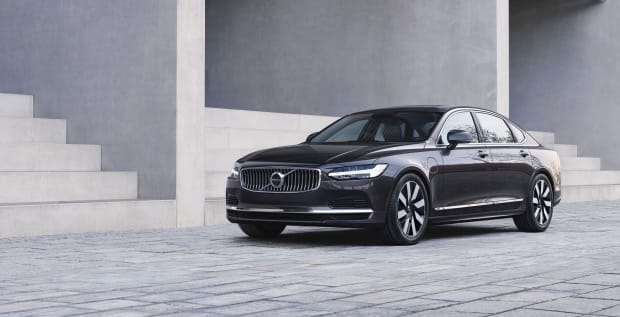
Cars
2022 Volvo S90 - starts at: $52,850
- Type: luxury car
- 5-Year Cost to Own: $67,365
- Compared to segment average: -$16,145
Volvo
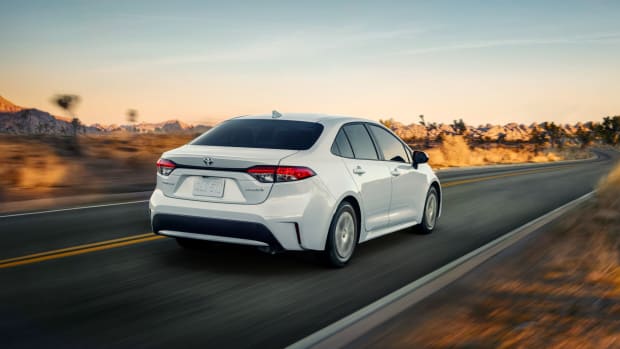
Hybrid
2022 Toyota Corolla Hybrid - starts at: $24,050
- Type: Hybrid car
- 5-Year Cost to Own: $31,231
- Compared to segment average: -$10,303
Toyota
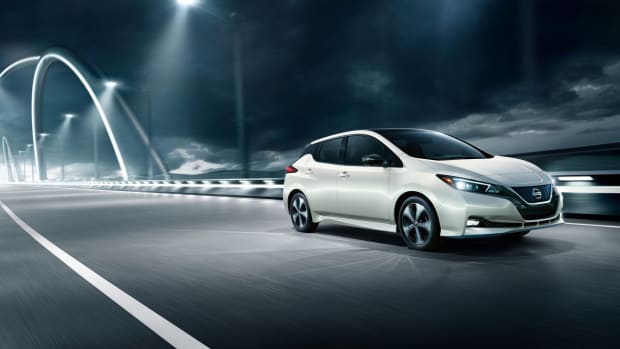
Electric Vehicles
2022 Nissan Leaf - starts at: $27,400
- Type: Electric vehicle
- 5-Year Cost to Own: $34,134
- Compared to segment average: -$13,258
Nissan
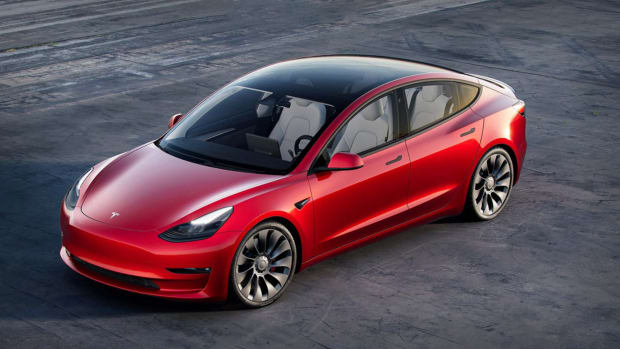
Electric Vehicles
2022 Tesla Model 3 - starts at: $46,990
- Type: Electric luxury vehicle
- 5-Year Cost to Own: $48,233
- Compared to segment average: -$16,411
>> Also see: Here's a List of All of the Electric Vehicles Available in the U.S.
Tesla
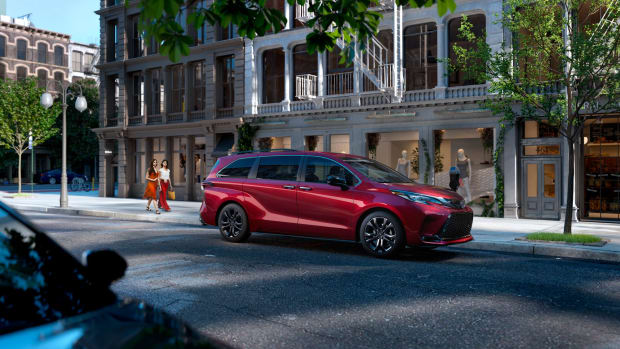
Minivan
2022 Toyota Sienna - starts at: $35,285
- Type: Minivan
- 5-Year Cost to Own: $44,376
- Compared to segment average: -$5,354
Toyota
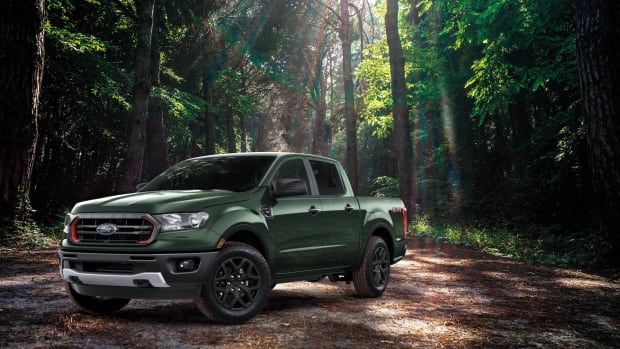
Trucks
2022 Ford Ranger - starts at: $25,930
- Type: Midsize pickup truck
- 5-Year Cost to Own: $40,267
- Compared to segment average: -$3,321
Ford
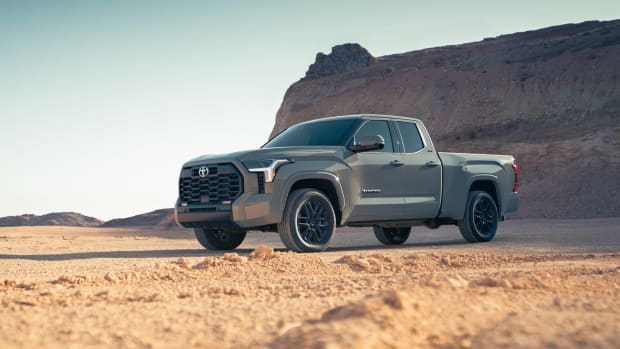
Trucks
2022 Toyota Tundra - starts at: $35,950
- Type: Full-size pickup truck
- 5-Year Cost to Own: $47,679
- Compared to segment average: -$4,669
>> Also read: These Cars Are Stolen the Most in the U.S.
Toyota
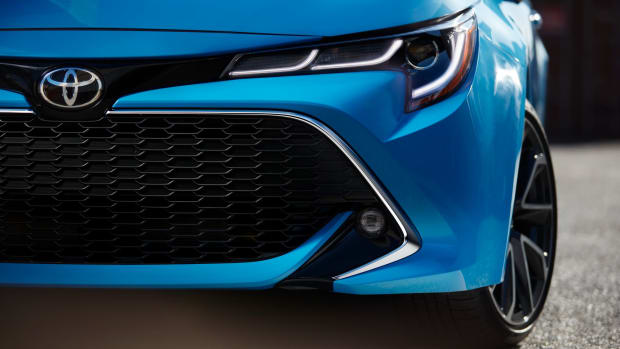
Brands
Best brand: Toyota
Toyota’s emphasis on quality pays dividends in the form of reliability. This in turn adds value, leading to low cost to own numbers, KBB says.
Toyota
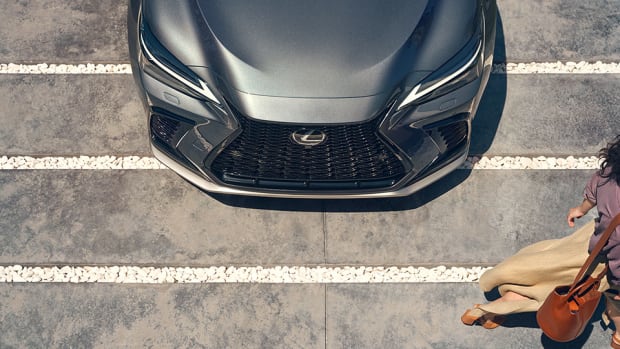
Brands
Best luxury brand: Lexus
Lexus has a stellar reputation for building high-quality reliable, well-equipped luxury vehicles at prices well below the competition, KBB says.
Learn more about the cost to own a vehicle and research cars by class at KBB.com.
Lexus







